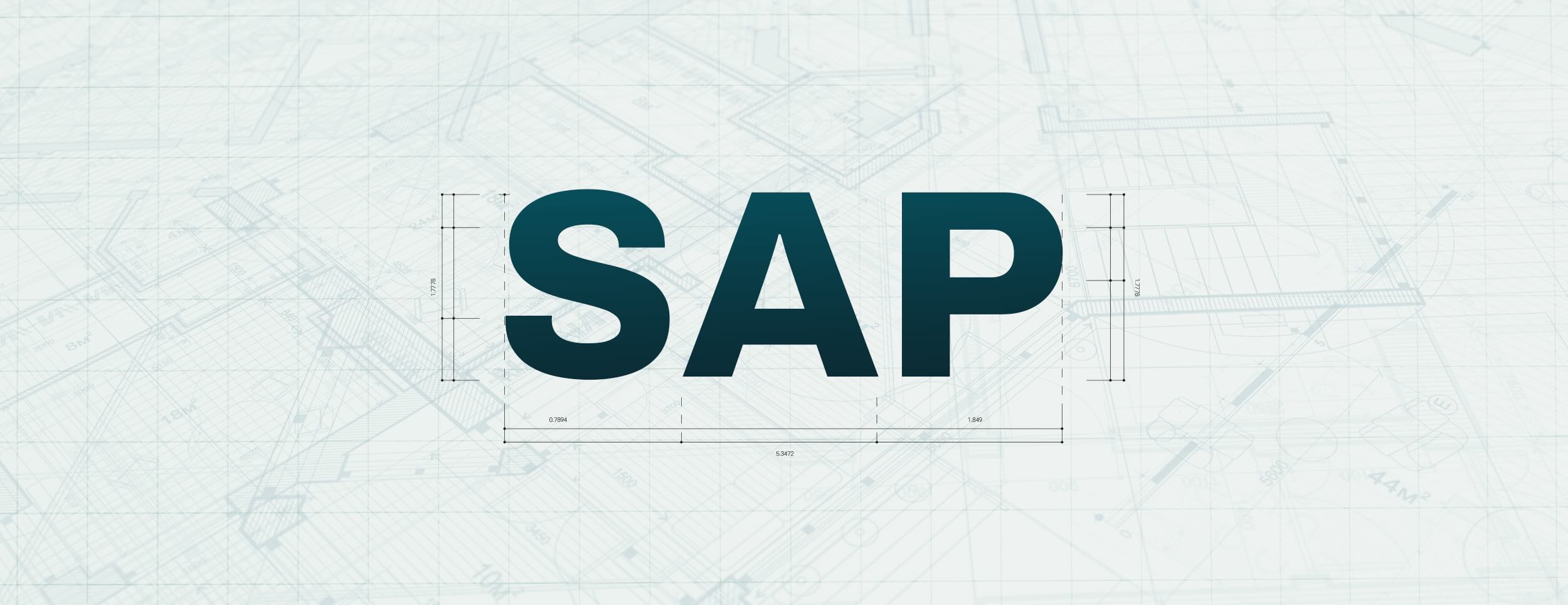What is an SAP Enterprise Architect and do you need one?

The role of an SAP Enterprise Architect has never been more critical given the complexities that exist within enterprise ERPs today. Your organization is considering your many business functions, use cases and revenue drivers. SAP Enterprise Architects stand at the intersection of technology and business strategy, guiding organizations through the complexities of SAP systems and ensuring that technology aligns seamlessly with business goals.
This article covers what an SAP Enterprise Architect is, how they affect your business and what tools they need to be successful.
What is SAP Enterprise Architecture?
Enterprise architecture involves a detailed understanding of a business’s structure and how IT systems can best support its objectives. The SAP Enterprise Architecture Framework lays out the optimal IT and operational structure for a given enterprise using SAP solutions.
An SAP Enterprise Architect develops a roadmap that integrates business and IT strategies, facilitating digital transformation and supporting the development of an intelligent enterprise.
SAP Enterprise Architect certification
SAP certification solidifies the expertise of SAP Enterprise Architects. It not only validates their skills but also ensures they are up to date with the latest SAP technologies and frameworks. This knowledge enables them to design and implement architectures to support an organization’s transition to an intelligent enterprise.
The roadmap to success: How enterprise architects chart the course
Crafting a comprehensive roadmap requires a deep dive into the methodology that underpins enterprise architecture. This includes aligning solution architecture with business processes, engaging stakeholders and meticulously planning initiatives that drive the organization forward.
In this journey from traditional operations to an S/4HANA-powered intelligent enterprise, SAP Enterprise Architects must not forget to incorporate autonomous integration and end-to-end process automation. When business model changes are involved and digital transformation is the goal, they must select an automation strategy that aligns with the overall business strategy and SAP architecture.
This requires identifying areas where automation can bring value, such as in replacing repetitive tasks and manual processes and facilitating smoother system integrations. Sometimes, the architect role will mean designing a plan to orchestrate thousands of sequential, interdependent tasks across hybrid cloud environments with SAP and non-SAP systems.
Getting technical with solution architecture
While enterprise architecture provides a macro view of organizational strategy and alignment, solution architecture is about the specifics of designing individual solutions within the SAP ecosystem.
What’s the difference between enterprise architects and solution architects?
Though there is often an overlap, the roles of an SAP Enterprise Architect and a Solution Architect are distinct. The former concentrates on broad business strategies and how SAP solutions can support them, while the latter is more of a technical architect, ensuring the chosen SAP products effectively meet specific business requirements.
Many SAP customers need both these areas of expertise, as larger business needs and zoomed-in details are equally necessary for achieving true digital transformation.
The importance of job scheduling and tool integration
Both SAP Enterprise Architects and Solution Architects use a variety of tools for innovation, such as SAP Business Technology Platform (BTP), robotic process automation (RPA), AI and data analytics applications.
While fully implemented automation is ideal for business efficiency, orchestrating it across all of these would require investing significant resources into configuration, coding and maintenance to bring together SAP and non-SAP solutions. It also presents challenges for maintaining a clean core.
Instead, they can choose to enable the autonomous execution and monitoring of large volumes of critical background jobs, transactions and interdependent end-to-end processes with an SAP-certified workload automation (WLA) solution. The right WLA tool can handle the inherently complex technical architecture of the enterprise and simplify automation creation with low-code or no-code development.
RunMyJobs by Redwood: Elevating SAP Enterprise Architecture
In the intricate dance of digital transformation, RunMyJobs by Redwood emerges as a vital partner. This SAP-certified job scheduler extends the automation capabilities of SAP systems. It enhances enterprise architecture by streamlining data processing, optimizing workload management and ensuring that critical operations proceed without a hitch, directly supporting the architect’s roadmap and initiatives.
RunMyJobs is a strategic asset for SAP Enterprise Architects. Automating critical SAP tasks enables architects to focus on high-value strategic planning and ensures that SAP systems are not just operational but optimized for business growth. Advanced automation, integration, observability and governance are essential for designing a digital transformation plan that’s innovative, consistent and efficient.
Moreover, RunMyJobs comes with out-of-the-box connectors for SAP systems, including SAP BTP, thus enhancing the efficiency and effectiveness of integrations, customizations, data management and analytics developed within an on-premises, hybrid or cloud environment.
Your ultimate business architecture partner
Synergy between enterprise architecture and technological innovation will continue to be essential for SAP customers. The journey of an SAP Enterprise Architect reflects this need. SAP architects must have strategic foresight, technical acumen and a flexible mindset.
Companies like Redwood Software support the expertise of SAP-certified professionals. With 30 years of experience in software and 20 years working with SAP solutions, Redwood is a trusted SAP partner.
Find out how Redwood’s solutions, including WLA via RunMyJobs, expand the power of your SAP portfolio and enable SAP Enterprise Architects and Solution Architects to drive results. Get a demo today.
About The Author

Neil Krefsky
With over 30 years of experience in product marketing, pre-sales, and business consulting, Neil is a seasoned leader in the tech industry, with a unique combination of subject matter expertise in enterprise automation, financial applications, cybersecurity applications, GenAI, SaaS, ERP systems, contact center solutions, customer experience enhancement, analytics, machine learning, and sustainability.